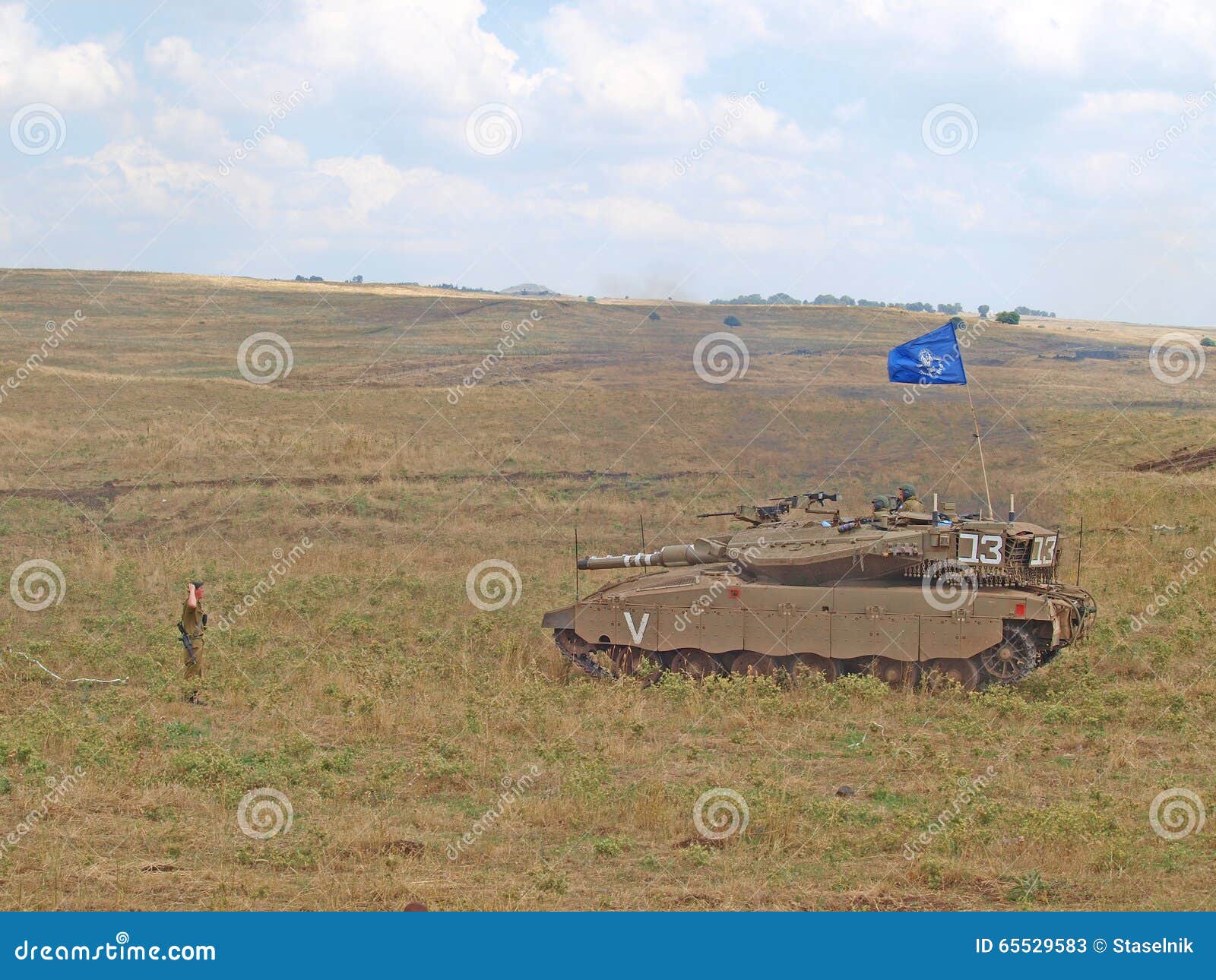

#Israeli tank force field full
He was awarded the Medal of Valor, Israel’s highest award for heroism.The 65t Merkava 4 main battle tank entered full production in 2001 and began operational training with the Israel Defence Forces (IDF) in July 2003. Greengold estimates taking out at least 20 tanks, while others credit him with 40 or more. IDF force here are on their way to the Golan Heights in 1973. Greengold’s effort may have won the Yom Kippur War for Israel in the east. The Zvika Force held off the Syrians long enough for Israeli reinforcements to arrive and stem the Syrian advance. They pushed the Syrians back to where the border is today. Nafah Base was never captured and the actions Zvika Greengold and the other IDF troops in the Golan Heights gave the IDF enough time to react to the two front invasion and send substantial reinforcements. He passed out from exhaustion, physically unable to continue fighting. Aryeh Berger, commander of the 74th Armored Battalion, pose at the Armored Corps Memorial at Latrun in 2015. The officer embraced him and found a vehicle to carry Greengold to the hospital.” ‘I can’t go on anymore,’ he said to the staff office who had sent him into battle 30 hours before. The Jerusalem Post reported “During a lull Zvika Greengold painfully lowered himself from his tank, covered with burns, wounds and soot. During the defense of the base, one Israeli tank commander radioed his HQ that “there’s no one in the camp except a single tank fighting like mad along the fences.” When the command post came under attack, he joined the defense, moving his tank to critical spots at decisive moments, even in the face of overwhelming odds. He managed to hold them until he heard that Nafah Base was under attack. Greengold joined 13 other tanks to engage the Syrian armored column of 100 tanks and 40 armored personnel carriers. That’s when the Syrians sent a sizable force of T-62 tanks to force the Israelis back. He had to switch tanks a half dozen times. Greengold lost his tank and his uniform caught fire. Mor lost most of his tanks and was wounded. Uzi Mor’s ten tanks, his luck took a turn for the worse. Greengold fought, sometimes alone, in skirmishes all across the front lines. Greengold couldn’t report his true strength over the radio for fear of being found out, so he only reported that “the situation isn’t good.” His brigade commander thought he was at least company strength.įor the next 20 hours Lt. Even Greengold’s own command had no idea how many men and tanks made up the Zvika Force. He notched off ten more enemy tanks before the Syrians withdrew. Los Angeles city buses are longer than that. He hit the first Syrian tank from only 20 meters away. Using darkness for cover, he sped along the column’s flank, dodging enemy shells while fooling the Syrians into believing there was more than one tank out opposing them. Along the same road, he saw the advancing Syrian 452d Tank Battalion. His tank heavily damaged in the fight, Greengold hopped into the other Centurion. Syrian troops abandoned their T-62 tanks in the middle of the fighting, convinced Zvika Greengold’s tank corps outnumbered and outflanked the Arabs. Heavily outnumbered, he engaged the enemy’s Russian-built T-55s, destroying six of them.

His newly-assembled “ Zvika Force” soon spotted Syrian tanks advancing unopposed toward the Nafah Base. He helped repair the two tanks, assembled a skeleton crew, and they drove off into the night toward the Syrian front. Greengold contacted his command, telling them he had a force ready to fight (which was technically true). Greengold helped with the wounded coming in, but the only offensive weapons available were two damaged Centurion tanks.Īnd those turned out to be his ticket to defending Israel. He hitchhiked 78 miles to Nafah Base, the command center for the Golan Heights. Israeli Centurions operating in the Golan Heights in 1973.īeing without a unit wasn’t going to stop this officer from getting into the war. He knew a war had begun but was not yet attached to a unit, so he had nowhere to report for combat duty. The young lieutenant saw plumes of smoke in the distance and fighter planes in the sky. He was 21 and home on leave in 1973 when Syrian tanks rolled across the border in a coordinated attack with Egypt, sparking the Yom Kippur War. Like most Israelis, he joined the IDF when it came time to serve his country. Zvika Greengold was an Israeli farmer raised on a kibbutz founded by Holocaust survivors and partisans who fought against Nazi occupation in Europe. All would have gone according to plan for the Arab states – if only one young lieutenant hadn’t gone home on leave. The Israel Defense Forces were caught completely off guard in 1973 when Egypt and Syria launched a coordinated attack to take back the land lost in the 1967 Six-Day War.


 0 kommentar(er)
0 kommentar(er)
